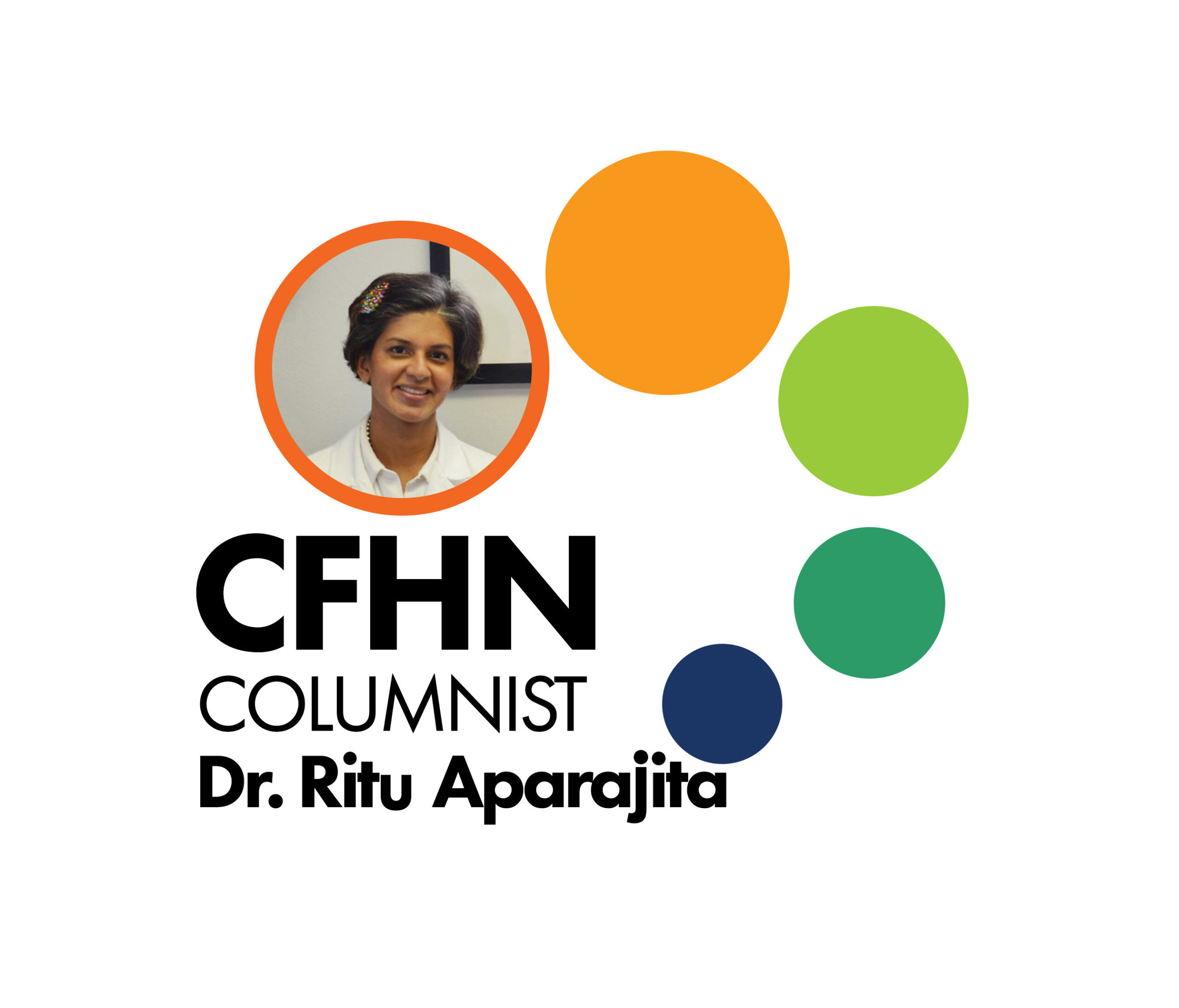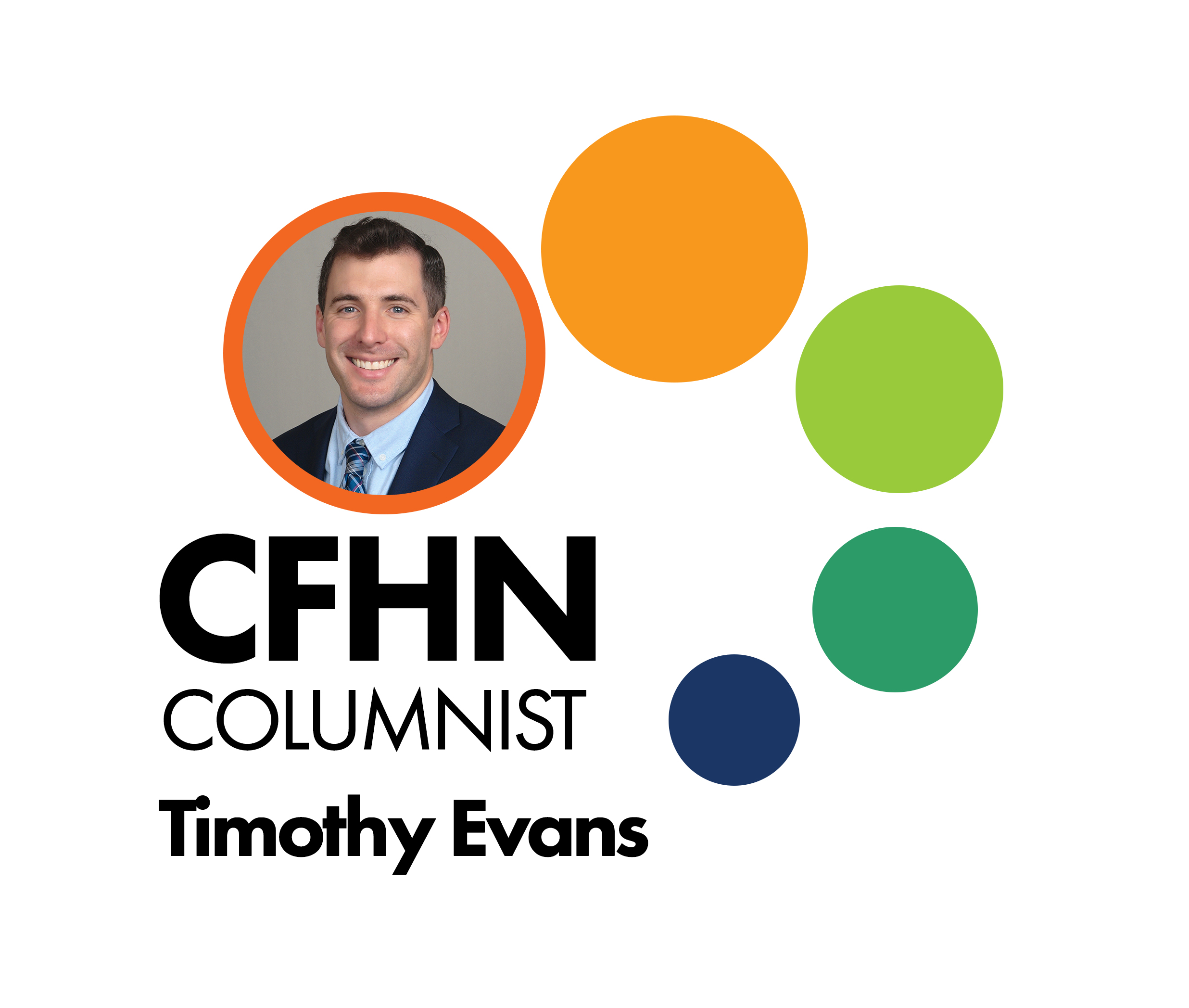
Health News
Features
-
Run, act, jump – repeat
How actress Tanna Frederick fits exercise into a busy schedule Keeping fit requires commitment. Just ask actress Tanna Frederick. She’ll finish one interview, hop on the elliptical for a brief workout and head to yet another interview and another workout. She makes sure she gets the workouts in, no matter how busy she is, and…
-
Taking the fitness fight to the moon
A Community initiative targeting obesity Polk County health officials are targeting obesity – and along with it diabetes, heart diseases and other obesity-related health problems – as part of a Tampa Bay community-wide health initiative. Called ONE BAY: Healthy Communities, the initiative includes an eight-county region stretching from Pinellas to Polk and Sarasota to Citrus.…
-
A hospital in a garden
Nemours Opening its Child-Friendly Doors This Fall Nemours Children’s Hospital will soon swing open its child-friendly doors in Orlando, providing a facility for Central Florida with a mission to “bring best-in-class children’s health care, prevention and research.” The new location is the second Nemours Children’s Hospital funded under the terms of American industrialist, financier and…
Columns
-
Abdominal Aortic Aneurysm
An aneurysm is a “weakening” or “dilatation” in a part of an artery. An estimated 15,000 people die of ruptured abdominal aortic aneurysm (AAA) every year in the US. About 200,000 new cases of AAA are diagnosed every year. Most of these are diagnosed by tests that are done for unrelated reasons. The aorta is…
-
What Is Musculoskeletal Oncology?
Musculoskeletal oncology is a branch of orthopedic surgery that specializes in diagnosing and treating tumors that occur in the body’s bone or connective soft tissues, including muscle, fat, fibrous tissue, nerve and blood vessels. When these tumors are malignant or cancerous, they are referred to as “sarcomas.” Although these types of tumors are relatively rare,…
-
Reducing Your Health Risks With Vaccines
Vaccines are one of the best ways to reduce your risk of illness and the spread of disease. Serious research has gone into making vaccines that are safe, efficient and effective for all ages. Who Needs Vaccines? Adults and children need vaccines to reduce health risks. The types needed may depend on your age, health…


